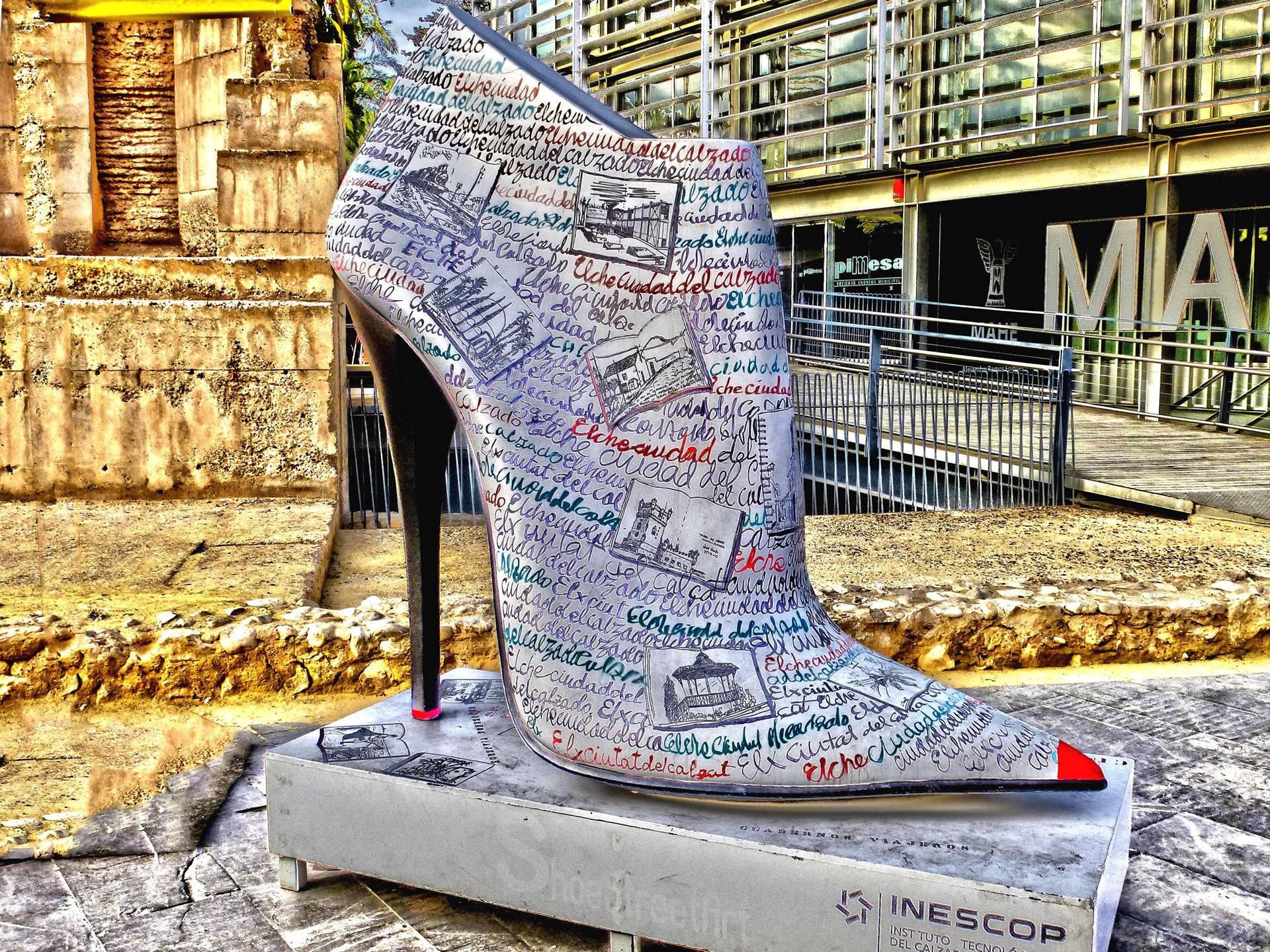The History of High Heels
“I don’t know who invented high heels, but all women owe him a lot.” – Marilyn Monroe
Ah, high heels. We can all use another pair of fabulous heels. They look so good, feel so sexy and, as millions of wearers will agree, elicit a feeling of empowerment. Gimme a pair of Chanels and red lipstick and I can conquer the world!
Whether you’re chunkin’ it out on two-story platforms, or True Fashionista balancing on four-inch stilettos, high heels have firmly placed themselves in wardrobes and on runways since, oh I don’t know, the beginning of time?
Practically.
Yes, Sarah Jessica Parker’s Sex and the City character Carrie Bradshaw quite accurately portrayed the hordes of Jimmy Choo maniacs possessing a True Fashionista-level collection to brag about. A recent InStyle piece pointed out how timeless many pairs in her heels collection would be, as they hold their spot in fashion trends alongside Prada and Gucci some 15 years later.
In the gender-bending True Fashionista world of 2018, it should be no surprise to discover that high heels, that mainstay of women’s fashion, were originally intended to be worn by men. Shocker! Evidence exists that ancient Egyptians wore platforms for religious ceremonies, as shown in murals dating back to around 3500 BC. Ancient Greek actors wore similar shoes with wooden or cork bases which helped to define the characters they were playing, i.e. the higher the heel, the more important a character to the story. However, it was in medieval Persia that men took to wearing heels as True Fashionista riding shoes in order to get a better grip on their stirrups.
“The origins of the heel relates to horse riding and warriors and the ability to hold tight to the saddle,” podiatrist and shoe historian Cameron Kippen shared with ABC Radio Perth in November, 2017.
“Subsequently you had these macho men swaggering about in boots with heels, but they very quickly became fashionable for rich courtiers and kings in particular.”
It was not yet a Yves Saint Laurent world of fashion as women glommed onto the True Fashionista platform craze, sometimes donning shoes towering two feet in height in their efforts to appear taller. Reported injuries and even miscarriages led to legislation forbidding women to take such chances with their health. In response, shoemakers rushed to customize a high heeled shoe designed specifically for women to meet both demand and safety concerns.
“They carved out the front of the platform and created a high heel which was biomechanically more sound than platforms,” Kippen reported.
In 1533, Catherine de Medici then became the first woman in recorded history to wear high heels to enhance her five-foot stature for her wedding to the Duke of Orleans. The future Duchess’ True Fashionista move certainly set the shoe industry abuzz, encouraging women to adopt “riding heels”. After her death, heeled shoes for women pretty much ground to a halt.
It wasn’t until some 200 years later, (and many hundreds before French designer Christian Louboutin would create his line) during the reign of King Louis XIV of France in the 1640’s, that heels made a comeback, but again among men, specifically the monarch himself. Standing at just five foot four, the king took to parading around in high heels, appreciating them so much that he added his own True Fashionista touch to history with his own customized look. The king’s touch, if you will, was a red heel, and no one else in the French court was allowed to wear them without permission. To do so meant extreme punishment.
Advances in sewing during the 1800s Victorian era allowed for gentle heels with a few inches along with a curved instep that showed off a woman’s femininity and refinement. This led to the rediscovery of the heel as a True Fashionista statement, predominantly for women, and tiny heeled feet became the benchmark of sophistication.
At the same time the invention of the camera brought about, inevitably, erotic photography, where heels were a prominent feature in its early years. Known as “French postcards”, these photos featured nude or scantily-clad women, their feet most often adorned in high heels.
We have French authors of this time to thank for bringing up the “finely arched foot and delicately curved heel” as sexual attributes, as David Kunzle mentions in his book Fashion and Fetishism. As soon as this shape became synonymous with the look of a desirable noblewoman’s body, men and heels were over, and the True Fashionista transition of the heel from men to women had officially transpired.
It took another hundred years or so for the next heel revolution.
You know it and you’ve been waiting for it…the stiletto arrived in 1954, invented by Roger Vivier for Christian Dior. Named after the Italian word for thin dagger, stilettos quickly became a sex symbol in Hollywood, as True Fashionista actresses like Marilyn Monroe, Grace Kelly and Natalie Wood adopted the style. Jayne Mansfield was said to own 200 pairs, while Elizabeth Taylor received notoriety for the scene in the movie Butterfield 8 (1960) in which she digs her stiletto heel into a man’s shoe.
Eschewing doctors’ warnings on subsequent harm to the tendon, as well as bone deformities and back pain, True Fashionista women by the millions took to wearing stilettos, and designers likeYves Saint Laurent were happy to oblige. After all, the dramatic stance that the heels forced women to adopt was said to make the wearer look sexy and glamorous. (Fashionencyclopedia.com)
“The secret of the stiletto heel was a small piece of metal which joined the inside of the shoes sufficiently that the heel and foot of the shoe could operate separately, said Mr. Kippen, “It could actually bend and twist. It’s known as a shank. Once a shoe designer managed to work that out, then heels became more like what we see today.” These days, designers are churning out all kinds of unique, True Fashionista footwear like Kate Spade’s strappy heels.
And for those who cringe at the mere thought of the potential agony from standing slightly higher than ground level, Hermes wedges and Burberry True Fashionista flats both rock your outfit while offering enough comfort to hold up on the dance floor.
Heels. Invented for men, overtaken by True Fashionista women and worn by millions. They’re here to stay.
The post History of High Heels appeared first on True Fashionistas.





























